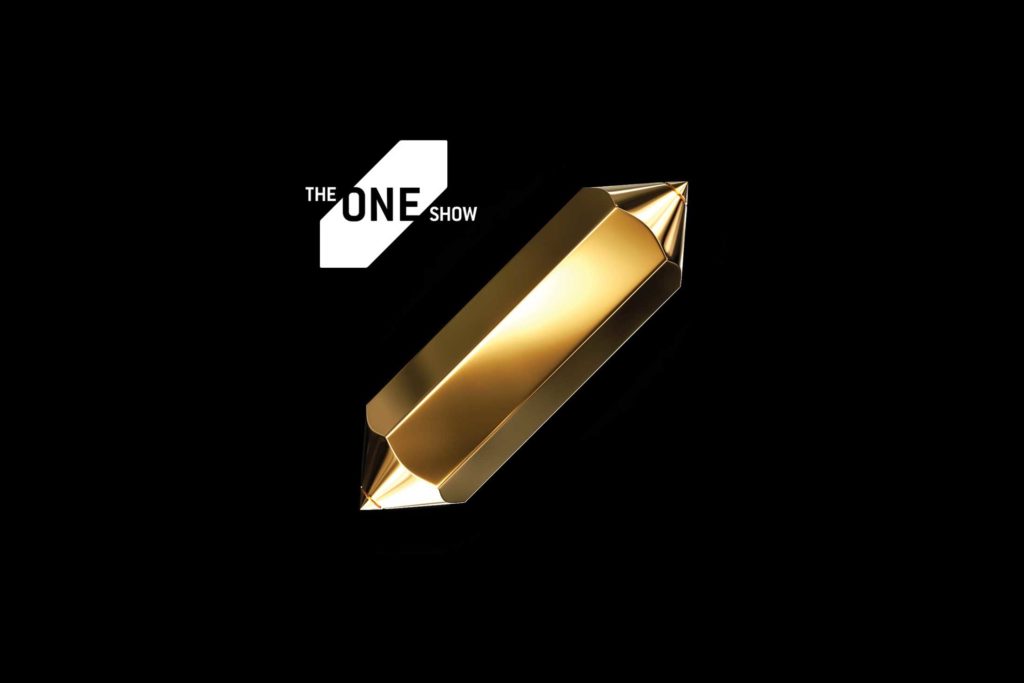Recognizing that this controversy has the potential to damage industry relationships, Empower has decided to ease tensions by fostering a trust-building initiative: the Advertising Trust and Transparency Forum (ATTF). Initial meetings have been held with leading industry participants and positive first steps have already been taken.
It’s A Matter Of Trust
Trust is an essential lubricant in business dealings. Stephen Covey, author of “The Speed of Trust” claims that trust between (and within) organizations speeds up decision-making and performance by eliminating costly, time-consuming layers of cross-checking, supervision and redundancy – not to mention lawyers and lengthy contracts.
Trust can be “speedy” in both directions. Companies that violate their customers’ trust through secretive behavior are astonished by how quickly they can destroy a reputation carefully built over many decades.
But this lesson appears to have been lost in some quarters of the media world. In 2015, the former CEO of WPP’s Mediacom alleged that agencies in the U.S. were receiving kickbacks and rebates from certain media that they were not always passing on to their clients and which, presumably, influenced their purchasing behavior. Denials from the agency community quickly followed. In January 2016, the 4A’s issued a set of media transparency guidelines, but they were denounced by the ANA as “premature” and insufficient.
In June 2016, the ANA released a report by an investigative firm it had engaged that found rebates and other non-transparent behavior are “pervasive” in the media ad-buying system. The study found “evidence of a fundamental disconnect in the advertising industry regarding the basic nature of the advertiser-agency relationship.”
Pushback from the agency community was intense. The four media buying holding companies (WPP, IPG, Omnicom and Publicis) denied wrongdoing, and the 4A’s declared the report “anonymous, inconclusive and one-sided.”
A New Approach
Clearly this situation reflects the unhealthy relationship between advertisers and their agencies. Empower, deeply concerned about this impasse, pulled out of the 4A’s in protest of its refusal to endorse the ANA’s proposal of transparency initiatives. With tensions mounting and no end to the conflict in sight, Empower created the ATTF.
In February, Empower NYC Vice President Andrew Susman, co-chair of the ATTF, invited a cross-section of industry executives, as well as regulators, research executives and academics, to attend a series of open forums to tackle the issues bedeviling the industry. The goal of the forum was to identify a process that will solve the problems of the industry’s trust systems. The invitation read:
Because of how the industry associations have evolved, we lack a multilateral forum for open discussion of the possibilities. There is a remarkable amount of money lost in the total system, due to lack of trust – on both sides .. [it] will stand to profit both advertisers and agencies if we can get to a better place.
The first forum was held on March 30th. The United Nations was chosen as an appropriate venue and symbol of neutrality. Present were representatives of major advertisers including P&G, Unilever, Ford and U.S. Cellular; trade associations (the ANA, 4A’s, ARF and the BBB); agencies (Empower, Starcom and Horizon Media); and researchers (Comscore and K2).
The agenda was developed by Jerry Wind, a professor of marketing at the Wharton School of Business, who is well known for tackling big industry issues. The first part of the forum was devoted to trust-building exercises. The group was taught a framework, language and process for developing transparency and trust together.
The Broader Benefit
In the discussions that followed, it became clear that an improved advertiser-agency relationship was only one part of a broader opportunity. It was recognized that, in addition to advertisers and media agencies, there are two additional stakeholders who stand to benefit from multilateral cooperation: the media, and ultimately consumers.
Specifically, participants identified four areas in which trust needs to be increased:
- Between media agencies and their client advertisers.
- Between media agencies and the media, particularly as it relates to ad fraud, especially “bot fraud” in the digital sector.
- Between consumers and the ads they see (native ad non-disclosure).
- Around the general safety of personal data in the online world.
Many participants felt that a root cause of the problem is the increasing complexity of the media environment, particularly the rapid growth of the newest medium – digital – which is still unfamiliar to many participants, has greater potential for deceptive practices and does not yet have established standards.
The problem of bot fraud was singled out as a potential area of mutual agreement among buyers, sellers and publishers, as it is a costly one. An ANA study estimated that bot fraud is costing advertisers billions annually. A second forum was held on June 6th to focus more directly on bot fraud, including a presentation by Dr. Augustine Fou on both the mechanics and the scope of the problem.
While all present agreed that ad fraud is a huge and costly problem, it was evident that each firm has its own approach to dealing with the issue, so no one overarching solution could be agreed on through the ATTF. But based on input from a number of participants, it became clear that the ATTF could offer the industry a helpful tool for addressing the problem: an open-source database.
The First Step: An Open-Source Database
Since each member firm has a different approach to dealing with the bot-fraud issue, a one-size-fits-all solution isn’t plausible; however, in keeping with the ATTF’s mission of encouraging greater transparency in business dealings, a freely available compendium of each member’s policies and practices would be extremely useful.
Led by Kenneth Zinn, senior director of U.S. Cellular, the ATTF has identified a number of elements the compendium could include:
- Proper data collection and use
- Remediation actions
- Consumer privacy protections
The list could be extended substantially, depending on the degree of cooperation from a sufficient number of participants. By making it freely available to the industry, market participants can use it to modify their own practices and policies. This could potentially lead to a general consensus on best practices and standards.
Stay Tuned
Participants in the ATTF left with general agreement that face-to-face meetings are a useful approach to improving dialogue and increasing trust among the various stakeholders in the advertising and media industry. The ATTF is already working to expand the open-source compendium to be as comprehensive as possible based on member cooperation. In the near future, additional forums will be held to review the progress on addressing the ad-fraud issue.
Assuming general satisfaction with this first step, it is hoped that participants’ trust levels in each other will be sufficiently enhanced, allowing the ATTF to move forward in addressing other, perhaps more complex issues.







